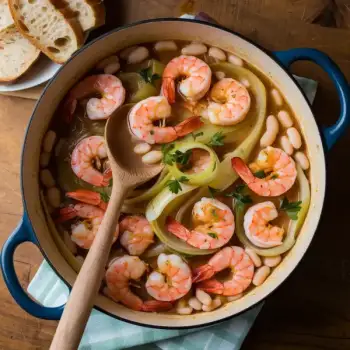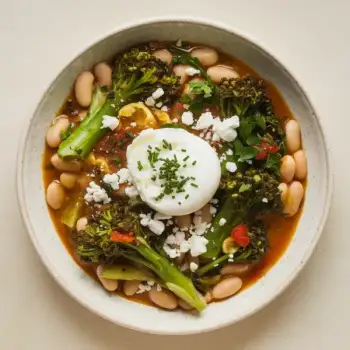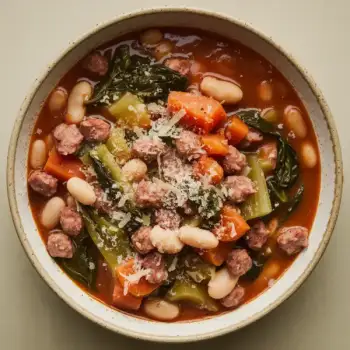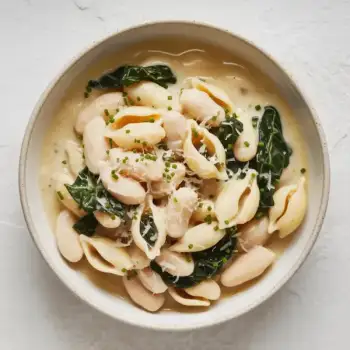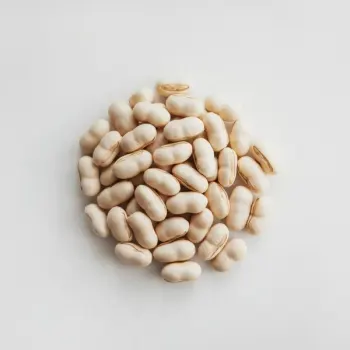


Dried
Cannellini beans are often found dried and require soaking before cooking. This form allows for a longer shelf life and often results in a firmer texture after cooking.
Canned
Pre-cooked and ready to use, canned cannellini beans are convenient for quick meals. They can vary in quality, with some brands offering beans that are closer to the texture and flavor of home-cooked beans.
Jarred
Similar to canned, these are pre-cooked beans often preserved in a brine. Jarred beans may offer a fresher taste and less metallic flavor than canned options.




dried cannellini beans: Bob's Red Mill
canned cannellini beans: Goya
jarred cannellini beans: Jovial Foods

Boiling: The most straightforward method for cooking cannellini beans is to boil them. After soaking, place the beans in a pot, cover with water, and bring to a boil. Reduce to a simmer and cook until tender, skimming off any foam that forms on the surface.
Slow Cooking: Cannellini beans are well-suited to slow cooking, which allows their creamy texture to develop fully. They can be added to a slow cooker with aromatics and liquid, then cooked on low for 6-8 hours or on high for 3-4 hours.
Pressure Cooking: For those looking to save time, pressure cooking is an efficient method. Soaked cannellini beans can be cooked in a pressure cooker with water for about 10-15 minutes at high pressure, followed by a natural pressure release.




